Table of content
Introduction
Searing a steak to perfection is a culinary ritual that combines science, skill, and a touch of artistry. The goal is simple: a golden-brown crust encasing a tender, juicy interior. For decades, home cooks and professional chefs alike have debated the ideal tools for achieving this coveted sear. Cast iron skillets, stainless steel pans, and even grills have their advocates—but what about non-stick pans? These ubiquitous kitchen workhorses, known for their easy cleanup and forgiving nature, often find themselves overlooked in high-heat cooking scenarios. Yet, the question persists: Can a non-stick pan truly deliver the Maillard reaction magic required for a restaurant-quality steak? This article dives deep into the chemistry of searing, the physics of cookware, and the practicalities of modern non-stick technology to answer this burning question.
The Science of Searing: Why Heat Matters
To understand whether a non-stick pan can sear a steak, we must first grasp the science behind the sear. Searing is not about “sealing in juices,” as once commonly believed, but about triggering the Maillard reaction—a chemical process where proteins and sugars interact under high heat to create complex flavors and aromas. This reaction begins around 280°F (140°C) and peaks between 300°F and 500°F (150°C and 260°C). Achieving this temperature range is critical for developing the deep, savory crust that defines a well-seared steak.
Simultaneously, the caramelization of natural sugars in the meat contributes to the steak’s sweetness and color. Together, these reactions transform a simple piece of meat into a culinary masterpiece. The challenge, however, lies in maintaining consistent, high heat without burning the meat or damaging the cookware.
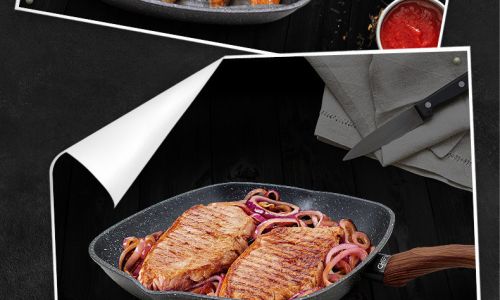
Non-Stick Pans: Design, Materials, and Limitations
Non-stick pans are engineered for convenience. Their coatings—typically polytetrafluoroethylene (PTFE, commonly known as Teflon) or ceramic—prevent food from adhering to the surface, making them ideal for delicate tasks like frying eggs or sautéing fish. However, these coatings come with trade-offs:
-
Heat Tolerance: Most non-stick coatings degrade at temperatures above 500°F (260°C). PTFE-coated pans, in particular, can release fumes if overheated, a concern sometimes dubbed the “Teflon flu.” While modern formulations have improved heat resistance, prolonged exposure to high heat remains risky.
-
Heat Distribution: Non-stick pans often have thinner bases compared to cast iron or stainless steel, which can lead to uneven heating. Hot spots may develop, risking uneven searing or burning.
-
Durability: The non-stick coating is susceptible to scratches and wear, especially from metal utensils or abrasive cleaners. This fragility can deter cooks from using them for high-heat tasks like searing.
Despite these limitations, advancements in cookware technology have yielded non-stick pans with reinforced coatings, thicker aluminum or copper cores for better heat conduction, and even hybrid designs that blend non-stick surfaces with stainless steel bases. These innovations beg the question: Are modern non-stick pans up to the searing challenge?
Searing Steak in a Non-Stick Pan: A Step-by-Step Guide
While a cast iron skillet remains the gold standard for searing, a non-stick pan can produce respectable results with the right technique. Here’s how to maximize your chances of success:
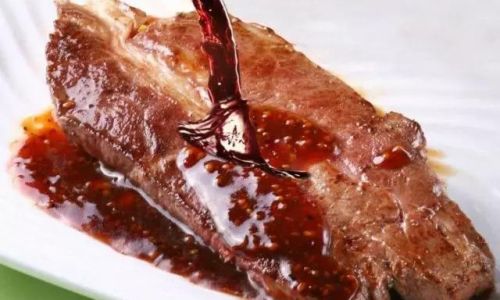
Choose the Right Steak
Opt for cuts at least 1 inch (2.5 cm) thick, such as ribeye, striploin, or filet mignon. Thinner steaks cook too quickly, leaving little time for crust development without overcooking the interior.
Preheat the Pan Properly
Preheating is non-negotiable. Place the pan over medium-high heat and allow it to warm for 3–4 minutes. A drop of water should dance and evaporate immediately when the pan is ready. Avoid high heat, which can damage the coating.
Use the Right Oil
Select an oil with a high smoke point, such as avocado oil (520°F/271°C), grapeseed oil (420°F/216°C), or refined coconut oil (450°F/232°C). Avoid olive oil or butter, which burn at lower temperatures.
Pat the Steak Dry
Moisture is the enemy of searing. Thoroughly pat the steak dry with paper towels to prevent steaming and ensure direct contact with the pan.
Sear Without Crowding
Leave space between steaks to prevent steam buildup, which lowers the pan’s temperature and inhibits browning. Cook in batches if necessary.
Resist the Urge to Flip Frequently
Allow the steak to cook undisturbed for 3–4 minutes per side. Frequent flipping prevents proper crust formation.
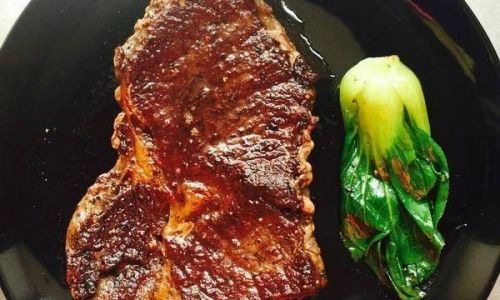
Monitor the Temperature
Use an instant-read thermometer to gauge doneness. For medium-rare, aim for 130°F (54°C) internal temperature.
Rest the Steak
Transfer the steak to a cutting board and tent with foil. Rest for 5–10 minutes to redistribute juices.
Pros and Cons of Searing in a Non-Stick Pan
Advantages:
- Ease of Use: Non-stick surfaces reduce the risk of the steak sticking or tearing, a common frustration with stainless steel pans.
- Cleanup: Wiping the pan with a sponge is far simpler than scrubbing burnt-on fond.
- Accessibility: Non-stick pans are lighter and more affordable than cast iron, making them ideal for novice cooks or those with limited storage space.
Disadvantages:
- Limited Heat: Even with preheating, non-stick pans struggle to reach the searing temperatures of cast iron.
- Coating Longevity: Repeated high-heat searing can shorten the lifespan of the non-stick coating.
- Aesthetic Trade-Offs: The crust may lack the depth and contrast of a cast iron-seared steak.
Debunking Myths: Will Non-Stick Pans Ruin My Steak?
Critics argue that non-stick pans cannot achieve the “perfect sear.” While it’s true that cast iron excels in extreme heat retention, non-stick pans can still produce a flavorful crust—provided expectations are realistic. The key is to focus on technique rather than equipment. For example, using a reverse sear method (slow-roasting the steak in the oven first, then finishing in a hot pan) can mitigate the non-stick pan’s lower heat capacity.
Another myth is that non-stick pans leach chemicals into food. While PTFE is stable at typical cooking temperatures, overheating (above 500°F/260°C) can cause it to degrade. Stick to medium-high heat, and avoid empty pans on high flames.
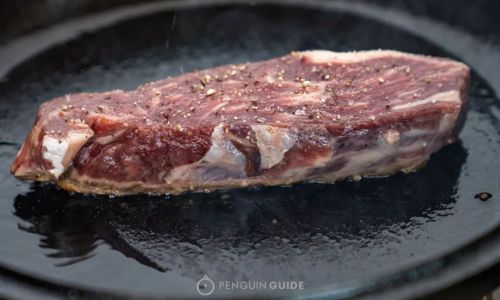
Alternative Cookware for Searing: When to Upgrade
If non-stick pans fall short, what alternatives exist?
-
Cast Iron Skillets: Unrivaled in heat retention and even distribution, cast iron pans can withstand scorching temperatures, making them ideal for thick-cut steaks.
-
Stainless Steel Pans: These pans offer a middle ground, with better heat tolerance than non-stick and the ability to develop fond for pan sauces.
-
Carbon Steel Pans: Lighter than cast iron but with similar heat properties, carbon steel is a favorite among professional chefs.
-
Grill Pans or Outdoor Grills: For smoky flavor and char lines, nothing beats open-flame cooking.
Maintaining Your Non-Stick Pan for Longevity
To preserve your non-stick pan’s performance:
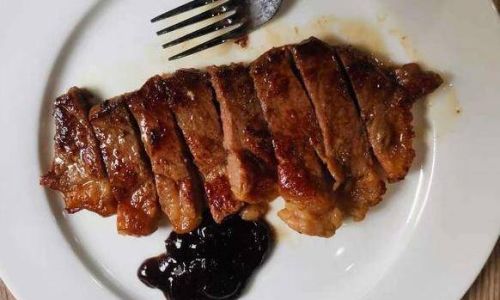
- Avoid Metal Utensils: Use silicone, wood, or plastic tools to prevent scratches.
- Hand Wash Only: Dishwashers can degrade the coating over time.
- Store Properly: Avoid stacking heavy pots on top of non-stick pans.
- Re-Season Occasionally: Some manufacturers recommend lightly oiling the pan after cleaning to maintain the coating.
The Verdict: Can Non-Stick Pans Sear Steak?
Yes—but with caveats. A non-stick pan can produce a respectable sear, particularly for thinner steaks or when convenience is prioritized. However, it will never match the searing prowess of cast iron or the flavor complexity of stainless steel. For home cooks seeking a low-maintenance, fuss-free method, non-stick pans are a viable option. For steak purists, investing in a cast iron skillet remains worthwhile.
Beyond the Pan: Tips for Steak Perfection
Regardless of your cookware, these tips elevate any steak:
- Salt Aggressively: Salt draws moisture to the surface, enhancing browning. Salt the steak at least 40 minutes before cooking (or overnight in the fridge).
- Use a Thermometer: Precision trumps guesswork.
- Baste with Butter: Toward the end of cooking, add butter, garlic, and herbs to the pan for aromatic richness.
- Slice Against the Grain: Improves tenderness.
Conclusion: The Non-Stick Pan’s Place in the Steak Universe
The debate over non-stick pans and steak searing reflects broader tensions in cooking: tradition vs. innovation, convenience vs. craft. While a non-stick pan may not win a searing showdown against cast iron, it democratizes the process, making great steak accessible to all. For busy parents, college students, or anyone wary of high-maintenance cookware, the non-stick pan is a silent hero—reliable, unfussy, and capable of surprising results.
Ultimately, the best pan is the one you use with confidence. Whether you wield a cast iron skillet or a non-stick frypan, the key to a great steak lies not in the tool, but in the cook’s understanding of heat, timing, and the alchemy of meat and fire. So, fire up that non-stick pan, and let the sizzle begin. Your next perfect steak might just be a flip away.
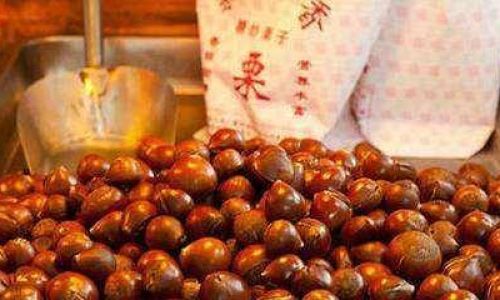


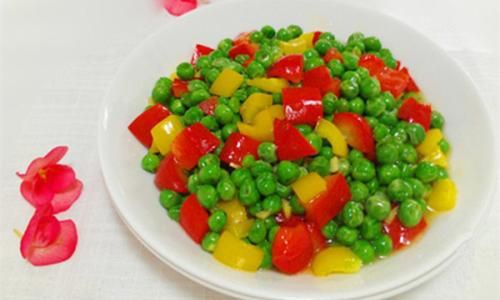
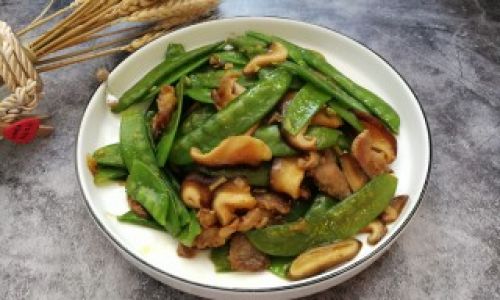
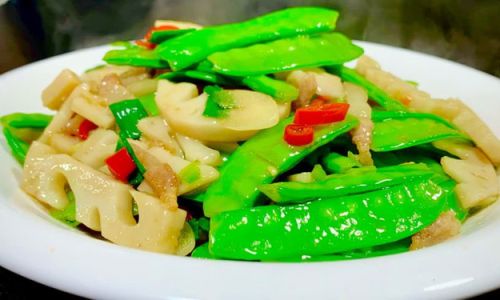
0 comments